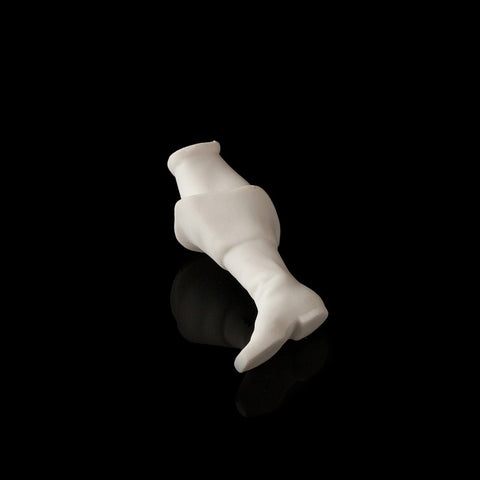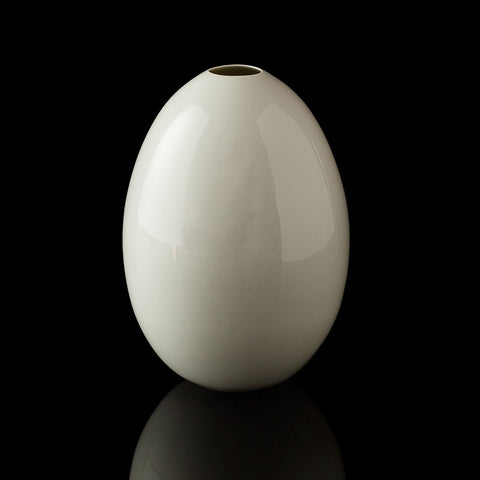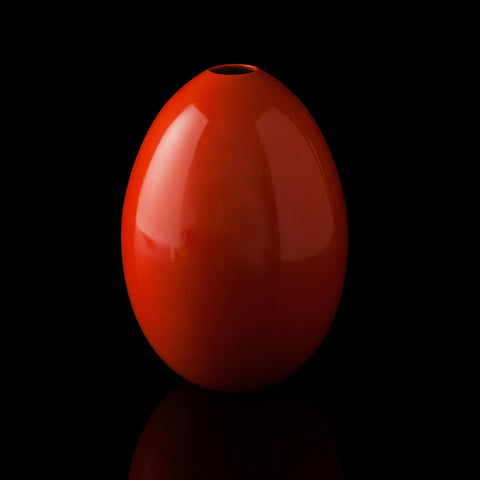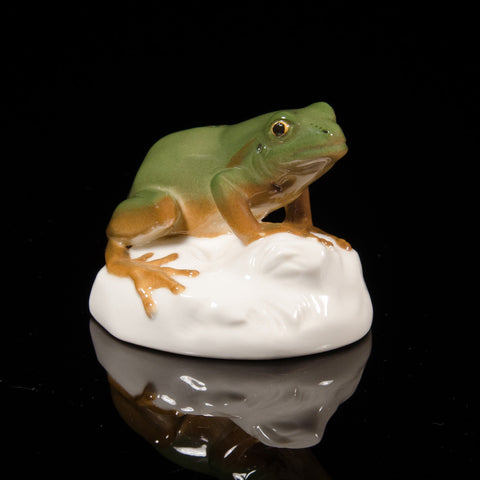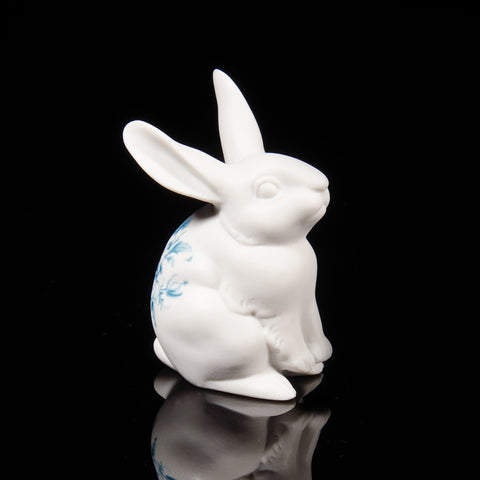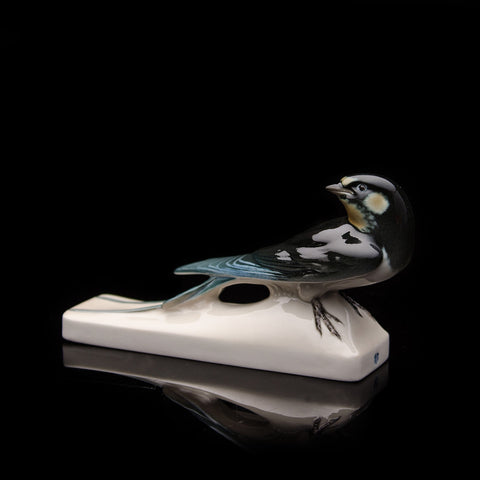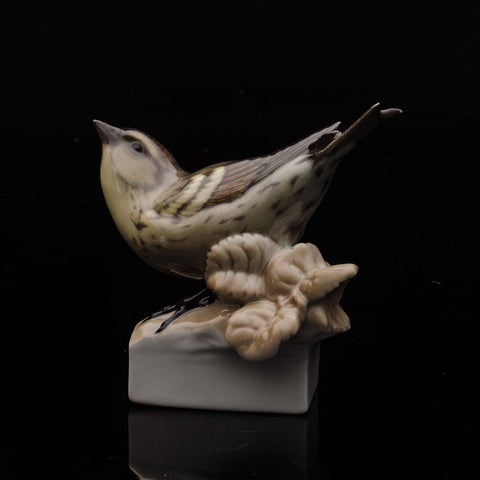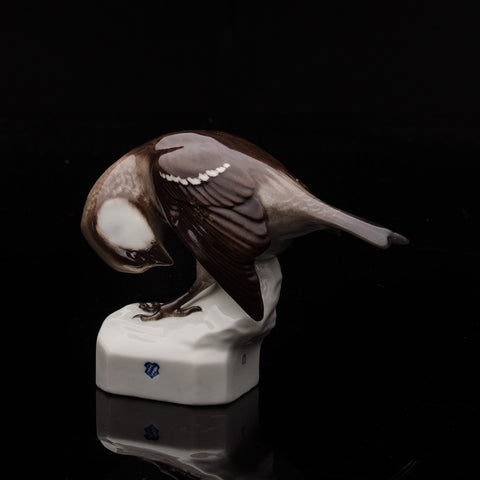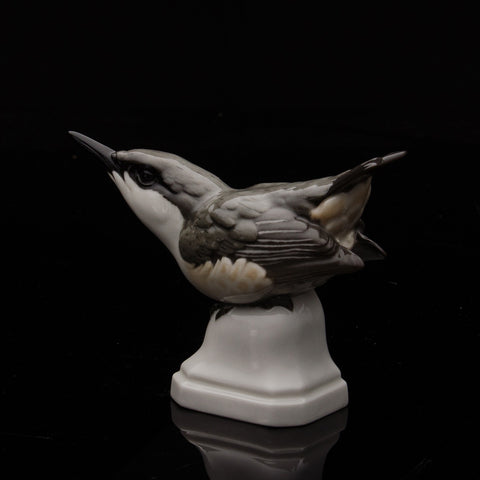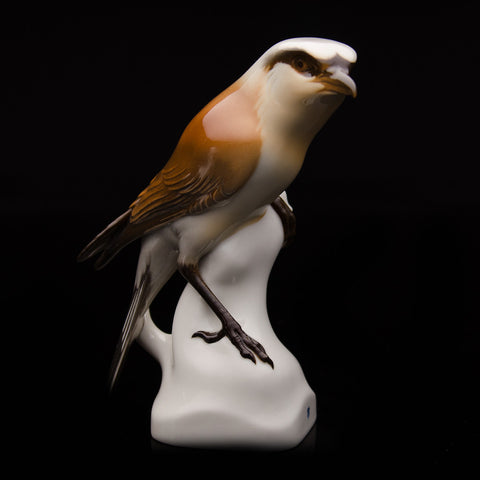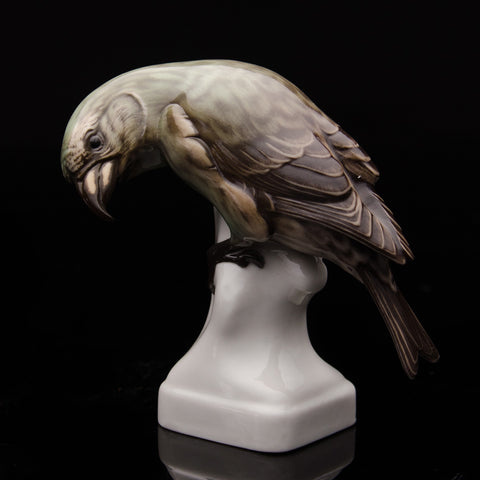Porzellan Manufaktur Nymphenburg has been handcrafting some of the finest porcelain for over 260 years. Porcelain services, figures and objects of the greatest quality and purity have been produced at this same location in the world – the Nördliches Schlossrondell in Nymphenburg – since the 18th century.
Porcelain was a highly desirable commodity during the baroque period. At the time, porcelain only came from China and so, during the 18th century, attempts were undertaken in Europe to produce the "white gold". The fragile and gentle character of porcelain did not only meet the aesthetic of the time – it also reflected the preference for everything gallant and playful. Which remains the case to this day as experts and collectors of Nymphenburg porcelain see its quality and refinement as unique.
The history of Porzellan Manufaktur Nymphenburg is inseparably associated with the Wittelsbach family. During the tenure of the Bavarian Elector Max III. Joseph, the first manufactory with potters' and modelling shops, painting and writing rooms was opened in the "Grüne Schlössl" in Neudeck on 11 November 1747. In 1761, the pottery moved to the specially built Nördliches Schlossrondell at the Wittelsbach family's summer residence in Nymphenburg, which completed the complex palace structure.
From the beginning, Porzellan Manufaktur Nymphenburg employed specialists with the aim of progressing production developments. Joseph Jakob Ringler, who had already worked in factories in Vienna, Höchst and Strasbourg, succeeded in implementing the complicated production of porcelain just a few years after the company had been founded. Which then permitted Elector Max III. Joseph to be presented with the first family porcelain by Mining Director Sigmund Count von Haimhausen in 1754.
Soon after being established, Porzellan Manufaktur Nymphenburg started to successfully cooperate with famous artists – a cooperation that continues to this day. For instance, the company achieved world renown with Franz Anton Bustelli from Ticino, who as the model master assumed the artistic directorship at the company from 1754. His rococo designs, and particularly his main body of work – the 16 figures from the Commedia dell'Arte – count undisputedly among the most artistic pieces of his time. Under Bustelli's management, the electoral "Rokoko" service was designed in cooperation with the painter, Joseph Zächenberger, which in the next generation was succeeded by the "Bayrische Königsservice" ("Royal Bavarian Service") based on a design by Dominikus Auliczek. This service possessing the "Perl" shape, which was for the first time based on a 12-sided pattern, was until 1900 reserved exclusively for the Bavarian court.
In the 19th century and at the beginning of the 20th century, it was such people as Friedrich von Gärtner, Adelbert Niemeyer, Josef Wackerle and Wolfgang von Wersin who continued to promote the manufactory's renown even through financially difficult times. From 1888, Porzellan Manufaktur Nymphenburg was managed and rebuilt as an ordinary partnership by the Bäuml family until it was transferred to the Wittelsbacher Ausgleichfonds (Equalising Fund) in 1975. Since then, the manufactory has once again been under the patronage of the Bavarian royal family with S.K.H Duke Franz von Bayern as the head of the house of Wittelsbach.
In the spirit of the company's beginnings, it is again internationally recognised designers and artists who are today shaping its profile: Barnaby Barford, Konstantin Grcic, Hella Jongerius, Reed Kram und Clemens Weisshaar, Gustavo Lins, Ted Muehling, Khashayar Naimanan and others have in recent years presented pioneering creations for contemporary porcelain design.
As one of the last, Porzellan Manufaktur Nymphenburg still produces each individual item by hand. A fact that is appreciated by experts and collectors alike, but "the amazement of customers who are told that delivery of a four-part service will take two years shows how far removed we have become from the appreciation of artistic work and craftsmanship" (Karl Spengler, Die schönste Botschaft Bayerns an die Welt, Munich 1954, P. 9).
Since its founding 260 years ago, Porzellan Manufaktur Nymphenburg has counted the international high aristocracy as well as embassies, churches and palaces in Germany and other countries among its customers. Its products have received many prizes and may be admired in the world's major design collections, e.g. the MoMA and the Cooper Hewitt National Design Museum in New York, the Stedelijk Museum Amsterdam, the Fondation Nationale in Paris, the Kunsthistorisches Museum Wien and the Neue Sammlung at the Pinakothek der Moderne in Munich.

